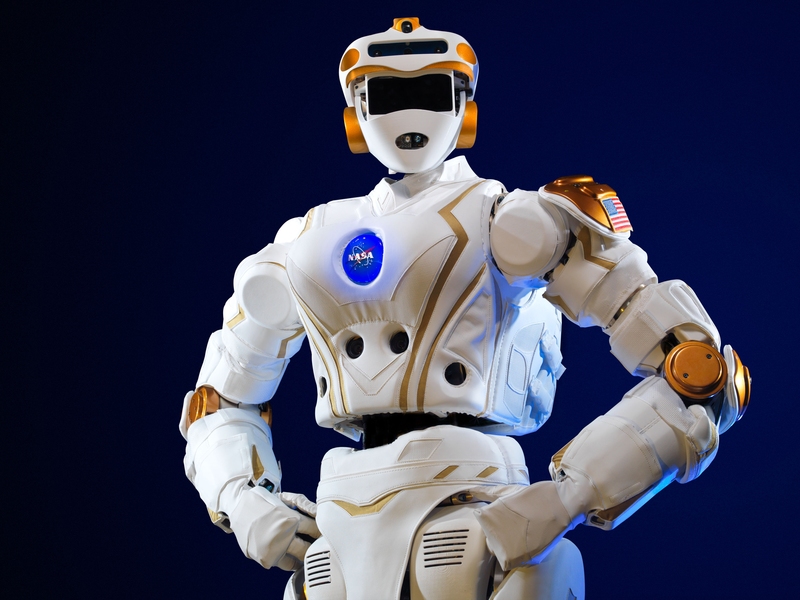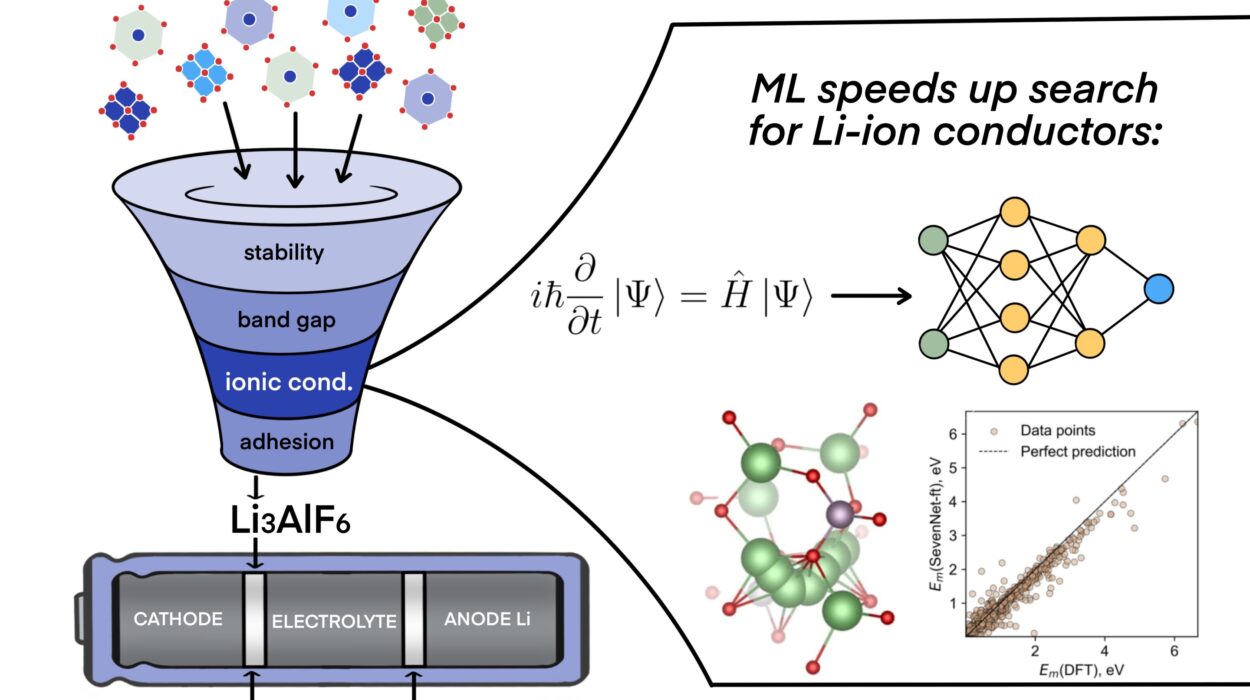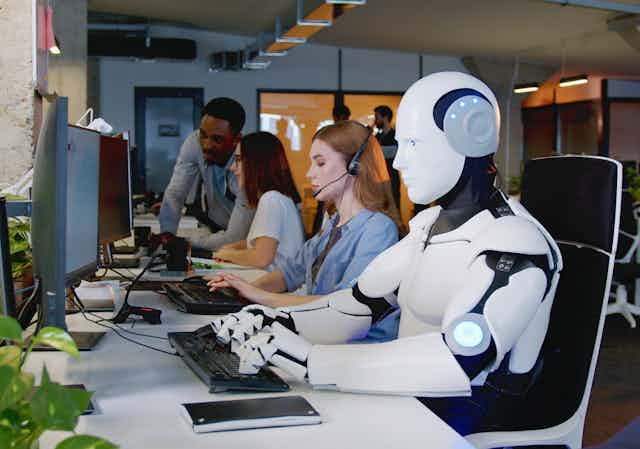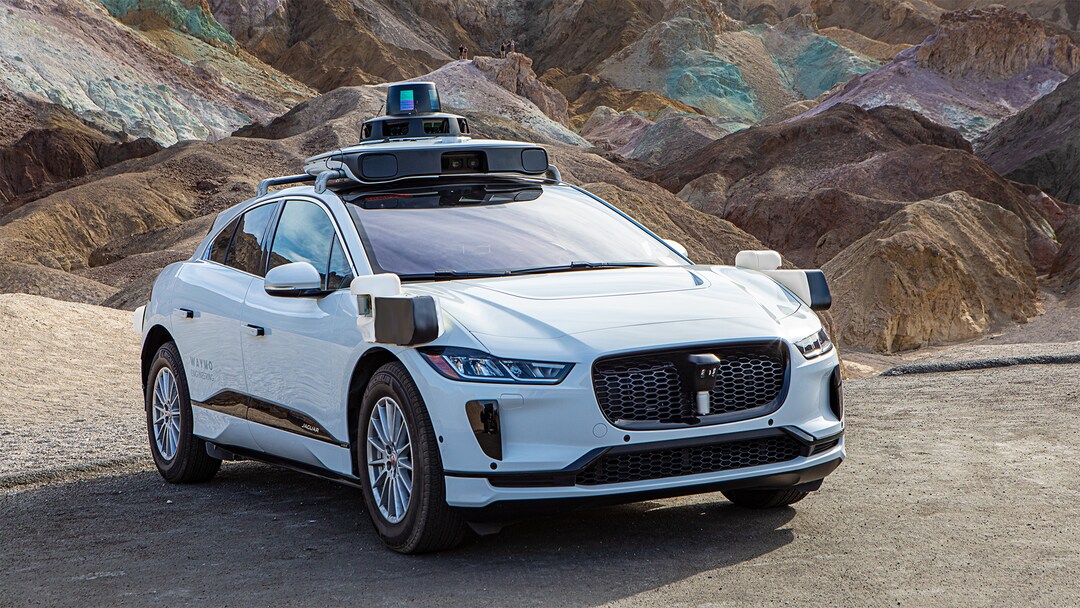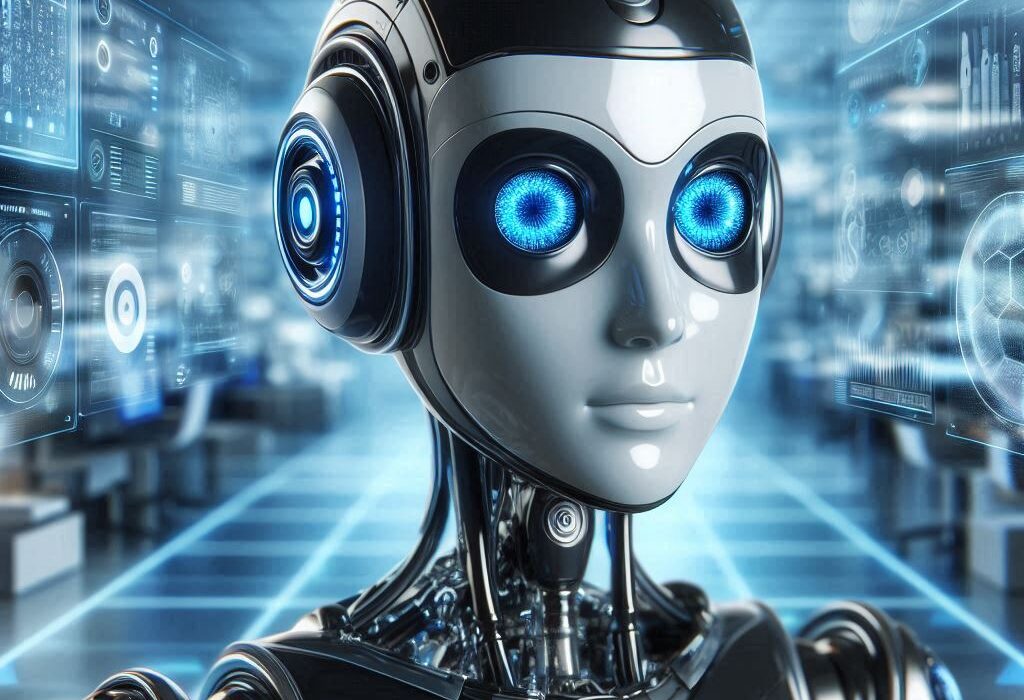Robots are no longer the futuristic fantasy of science fiction; they’re among us, walking, flying, rolling, swimming, and even exploring alien worlds. From the precise mechanical limbs of humanoid robots to the agile quadrupeds that run like cheetahs, robotics has undergone an astonishing evolution over the past few decades.
These machines are not just tools—they are feats of engineering genius, living proof of what human creativity and technology can achieve. Whether it’s a robot performing backflips, exploring the Martian surface, performing heart surgery, or helping people walk again, each one represents a story of innovation, perseverance, and the relentless drive to push boundaries.
In this article, we’ll take a journey through the most advanced, awe-inspiring robots in the world—from Boston Dynamics’ animal-like creations to NASA’s space-bound marvels, from industrial titans to tiny surgical bots that operate on the scale of millimeters. These are not just machines; they are the vanguard of a new era.
Boston Dynamics: The Acrobatics of Engineering
If there’s a company that has redefined what robots can physically do, it’s Boston Dynamics. Founded as a spin-off from MIT in the early 1990s, the company began by simulating physical systems for military purposes. But what started as research into locomotion soon evolved into robotic creations that seemed to defy the laws of physics.
Atlas: The Parkour Robot
Standing at 5 feet tall and weighing about 190 pounds, Atlas is perhaps the most human-like robot in terms of movement. Powered by electric motors and sophisticated control systems, Atlas can run, leap, balance on one foot, jump between platforms, and even perform backflips—all with unnerving precision.
Its agility and sense of balance are made possible through a fusion of mechanical design, real-time sensors, and powerful onboard processors. Watching Atlas sprint and leap like a gymnast is both thrilling and eerie; it blurs the line between human and machine capability.
Spot: The Mechanical Dog with a Mission
Spot is a four-legged robot that looks like a futuristic canine. Its greatest strength is adaptability. Spot can traverse rough terrain, climb stairs, dance to music, and carry payloads. It’s being deployed in construction sites for 3D mapping, in mines for exploration, and in factories for inspection.
What makes Spot so successful is its autonomy. Equipped with LIDAR, cameras, and GPS, Spot can operate with minimal human input, adjusting its gait and behavior in real-time to navigate complex environments. It’s not just a technological novelty—it’s a working dog for the modern industrial age.
NASA’s Robotic Ambassadors to the Cosmos
When it comes to pushing the boundaries of robotics beyond Earth, no organization has done more than NASA. Its robots are explorers, scientists, and sometimes, symbols of human resilience.
Curiosity and Perseverance: The Martian Rovers
NASA’s rovers on Mars are arguably some of the most famous robots ever built. The Curiosity rover, which landed on Mars in 2012, was designed to explore Gale Crater, searching for signs that the planet might once have supported life. Curiosity is equipped with instruments that allow it to drill into rock, analyze chemical compositions, and take stunning photos.
Then came Perseverance, Curiosity’s successor, which landed in 2021. Built on the same chassis but outfitted with even more advanced tools, Perseverance was designed not just to explore, but to prepare for human missions and to collect samples for eventual return to Earth.
What makes these robots extraordinary isn’t just their capabilities—it’s their durability. Operating in one of the harshest environments imaginable, these robots have traveled miles over jagged rocks, weathered Martian dust storms, and continued transmitting data across millions of miles.
Ingenuity: The First Flying Robot on Another Planet
One of NASA’s boldest robotic achievements was sending a helicopter to Mars. Ingenuity is a small, 4-pound drone designed to fly in the thin Martian atmosphere, which has only 1% the density of Earth’s. No one had ever flown a machine on another planet before.
Ingenuity defied expectations. Initially scheduled for five test flights, it completed dozens, scouting terrain for Perseverance and proving that aerial exploration on other worlds is not only possible but practical. In doing so, Ingenuity became the Wright Flyer of Mars.
Honda ASIMO: A Legacy of Humanoid Robotics
For decades, Honda’s ASIMO stood as the most advanced humanoid robot in the world. First unveiled in 2000, ASIMO was designed to walk and interact with humans in a way that was fluid and intuitive.
ASIMO could climb stairs, avoid obstacles, recognize voices, and perform tasks like carrying trays or pushing carts. It was the culmination of over 20 years of research in bipedal movement and human-robot interaction.
While Honda retired the ASIMO project in 2018 to focus on more commercial applications of robotics, the robot’s legacy lives on. It helped inspire an entire generation of humanoid robots and was a symbol of what gentle, human-like machines might one day offer—assistance, companionship, and accessibility.
Soft Robotics: Flexibility Beyond Steel
Traditional robots are made from rigid materials like aluminum and steel, ideal for precision and power but limited in their ability to safely interact with soft or delicate objects. Enter the world of soft robotics—machines built from flexible, often inflatable materials that mimic the dexterity and softness of biological organisms.
Soft robots can crawl like worms, swim like fish, or even grip objects with a gentle touch that wouldn’t bruise a grape. This technology is finding applications in everything from food packaging to delicate surgery.
For example, some soft grippers can be used to harvest fruits like strawberries without damaging them, something traditional machines struggled to do. In medicine, soft robotic arms can snake through the body’s internal pathways, offering unprecedented access and control.
The future of robotics won’t just be metal and gears—it will be silicone, air, and fluid motion.
Surgical Robots: Precision on a Microscopic Scale
In the high-stakes environment of surgery, precision isn’t optional—it’s life or death. That’s why surgical robots have become some of the most trusted assistants in operating rooms around the world.
The da Vinci Surgical System
One of the most widely used and celebrated surgical robots is the da Vinci system. This robot doesn’t act autonomously; instead, it translates a surgeon’s hand movements into ultra-fine, tremor-free motions using robotic arms equipped with miniature instruments.
The da Vinci system allows for minimally invasive surgery through tiny incisions, leading to faster recovery, less pain, and reduced risk of infection. From heart bypasses to prostate removal, it has revolutionized the way surgeons perform delicate operations.
What makes surgical robots truly fascinating is how they extend human capability. A surgeon’s hand might tremble; a robot’s hand does not. A human can’t rotate a wrist 540 degrees, but a robotic arm can. The result is a partnership that enhances medicine and saves lives.
AI-Powered Social Robots: Machines That Feel (Almost)
Robots are not just designed to lift heavy things or fly through space. Increasingly, we’re building machines that interact with us on a personal, emotional level.
Social robots are designed to engage humans through speech, facial expressions, and behavior. They are used in homes, schools, elder care, and therapy environments.
Pepper and Nao: The Charming Robots of Interaction
SoftBank’s Pepper and Nao are two robots designed to understand and respond to human emotions. Pepper can recognize facial cues, respond to voice commands, and engage in simple conversation. It’s been used in customer service roles in banks, retail stores, and even airports.
Nao, smaller and more child-like, is often used in education. It can dance, play games, and help children with autism develop communication skills. The magic of these robots lies not in brute power or technical wizardry, but in empathy—or at least, the convincing simulation of it.
These robots are a glimpse into a future where machines are not just tools but companions—helpers who can understand our needs, react with kindness, and integrate into the social fabric of human life.
Industrial Titans: Robots That Build the World
In factories around the world, robots are the tireless laborers that never sleep, never complain, and never lose focus. Industrial robots are the unsung heroes of modern manufacturing, assembling cars, welding parts, painting surfaces, and handling materials with robotic arms that move with military precision.
The Robotic Arm: Simple, Strong, and Smart
The classic industrial robot is the robotic arm. These arms can be programmed to perform millions of repetitive actions with high speed and pinpoint accuracy. In the auto industry alone, they have revolutionized production lines, allowing for mass production at a scale that would be impossible with human workers alone.
Modern robotic arms are equipped with vision systems, force sensors, and AI capabilities that allow them to adjust their actions based on what they “see” or “feel.” Some are even designed to collaborate safely with humans—these are known as “cobots.”
Cobots can detect human proximity and slow down or stop to avoid injury, enabling a new era of human-robot collaboration. This partnership is especially powerful in industries that demand both strength and flexibility.
Underwater Robots: Exploring the Final Frontiers on Earth
While space may be the final frontier above, Earth’s oceans remain one of the least explored regions of our planet. Enter underwater robots—also known as autonomous underwater vehicles (AUVs) and remotely operated vehicles (ROVs).
These robots dive into the crushing depths of the ocean, collecting data, searching for sunken ships, mapping the seafloor, and studying marine life in habitats too extreme for humans.
Equipped with sonar, cameras, robotic arms, and sometimes even sample collection tools, underwater robots are critical to deep-sea science, offshore oil exploration, and even military operations.
They are explorers in the truest sense—navigating darkness, pressure, and vast emptiness to illuminate the unknown corners of our own planet.
Disaster Robots: First Responders Made of Metal
Natural disasters are chaotic, dangerous, and unpredictable—conditions that make them ideal for robotic intervention. Robots designed for search and rescue can navigate rubble, detect signs of life, and carry supplies into areas too unsafe for humans.
Robots with tank-like treads, spider legs, or snake-like bodies are used to search collapsed buildings, enter radioactive zones, and assess damage in areas inaccessible to first responders.
After the Fukushima nuclear disaster in 2011, robots played a critical role in exploring the radioactive reactor cores. In earthquake-prone regions, robots are trained to locate victims by detecting body heat or CO₂ levels. Drones fly overhead to provide real-time maps of damage zones.
In these situations, robots are not just tools—they are lifelines.
Conclusion: The Heart in the Machine
From nimble-legged machines sprinting through warehouses to gentle robot arms stitching up arteries in an operating room, the best robots in the world are miracles of engineering. But more than that, they are mirrors—reflecting back our desires to extend our reach, our compassion, our strength, and our knowledge.
The robots of Boston Dynamics, NASA, Honda, and beyond are not simply mechanical. They embody the intelligence, persistence, and creativity of the humans who built them. They walk where we cannot, fly where we dare not, and explore places we may never tread.
As robots continue to evolve—becoming more agile, intelligent, and integrated into daily life—they will no longer be mere machines. They will be our teammates, our proxies, and perhaps one day, something closer to companions.
We are not just building robots. We are building the future.
